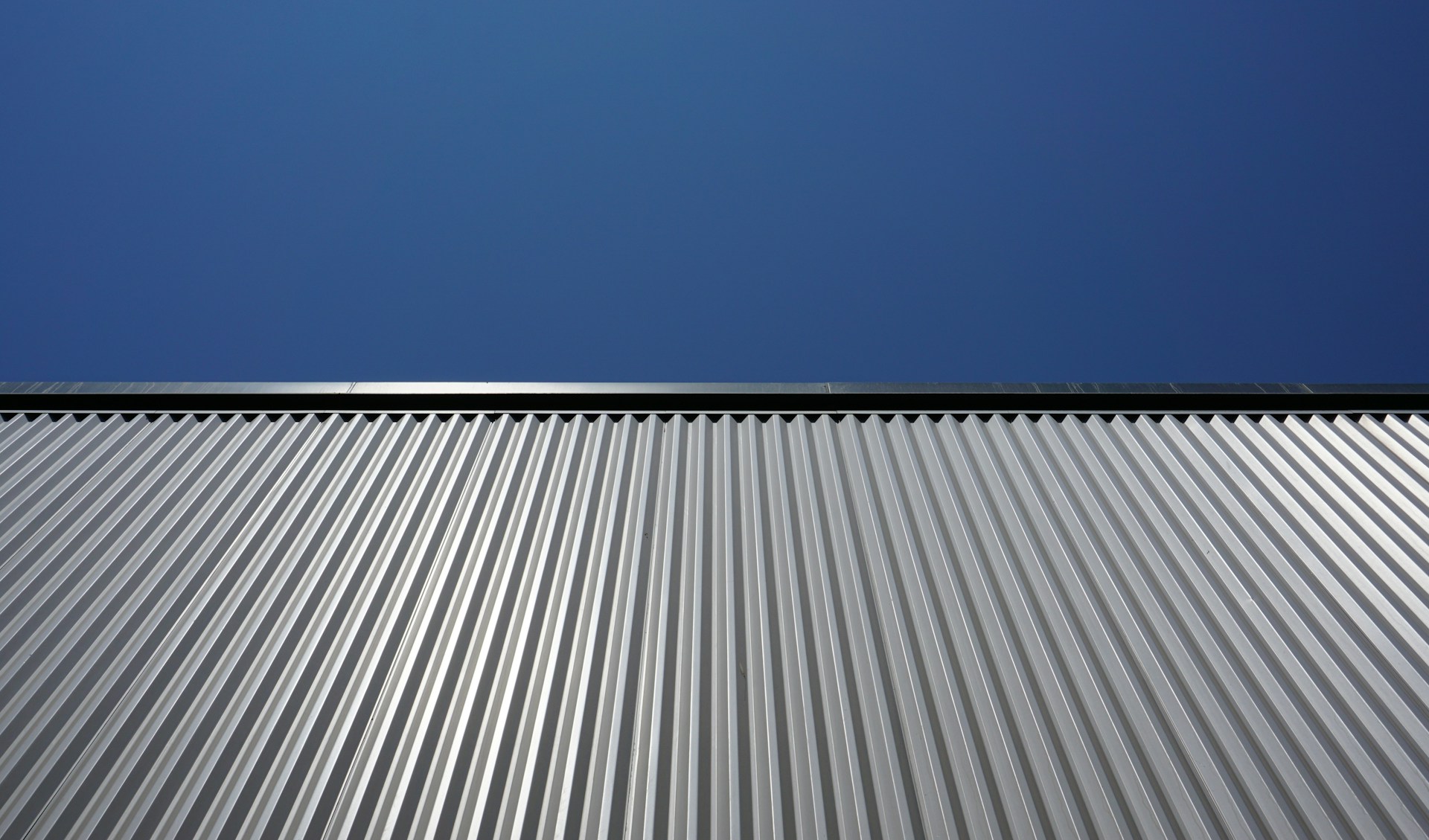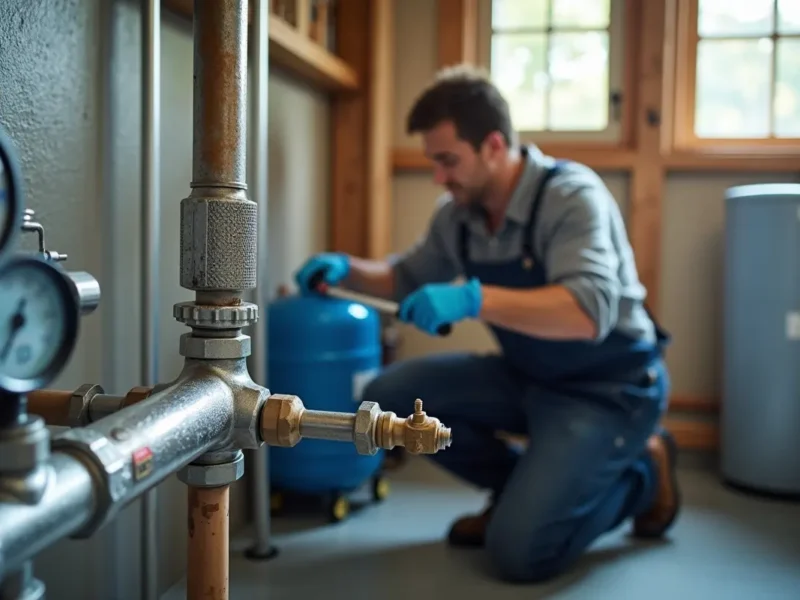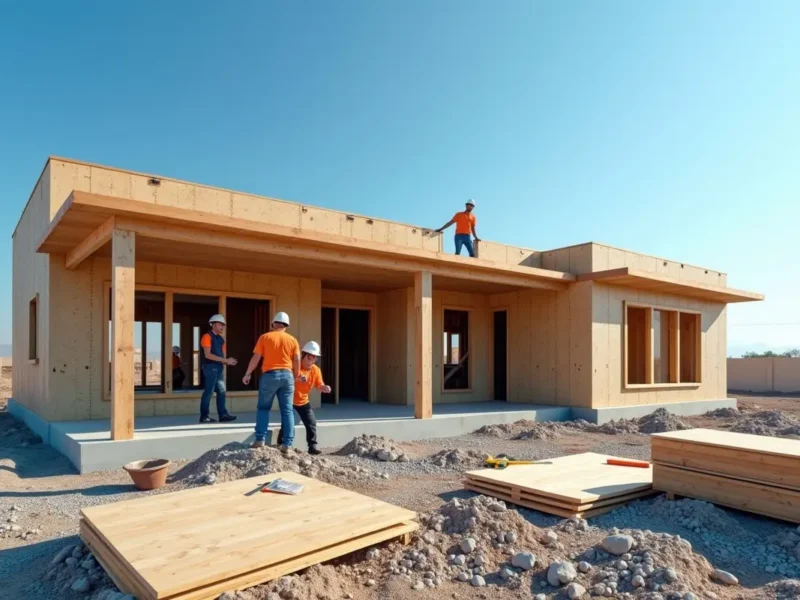Metal roofing is known for its durability and its long lifespan, making it ideal for everything from modern homes to modern sheds!
However, even metal can develop problems over time, and, whether it is caused by aging, incorrect fitting, or even weather damage, cracks and leaks can and do occur on metal roofs.
For homeowners, it is important to be able to spot the signs of cracks and damage to your metal roof, even if it has been fitted in the last five to ten years, and here, you will learn how to do just that, saving you both time and money. Read on to find out everything you need to know.
Contents
Rain and Hose Tests
For obvious reasons, a leak is more visible when a roof is wet.
It may seem like tempting fate or making the issue worse, but identifying a roof leak sooner can save you money on repairs and prevent secondary damage to your home’s interior. So, after there has been rain, check to see if there is water coming through your roof.
Or, if it is the middle of summer, use a hose to check for signs of a leak while someone is inside your home watching for leaks. That way, when you hire a metal roofing contractor, you can point to where the issue is and how severe the leak is, rather than having to guess.
Look for Rust or Corrosion
The majority of metal roofs are protected against rust, but if there has been water pooling on your metal roof, it may lead to rust. Rust can weaken the metal and cause it to crack sooner, which can lead to leaks and mold forming on the inside of the roof. If you are concerned about pooling on your roof, be sure to check around any fasteners, edges, or seams on your roof for signs of red-brown rust or even white oxidation stains.
Examine Seams and Flashings
Seams and flashing are the most common weak points on a roof and are commonly seen around the chimney and the vents. If you notice that there are gaps, separations, loose screws, or even sealant around these areas that looks old or degraded, then you should contact a metal roofing specialist who will be able to replace or repair these damaged spots before any leaks or secondary cracks occur in your roof.
Look for Buckling or Warping
It is associated with traditional shingled roofs, but over time, a metal roof can also form small cracks, gaps, and even become misshapen. This is commonly due to exposure to extreme weather conditions, such as regular rain and even windy conditions.
The way to check for this is simple. You can scan for any panels on your metal roof that are not lying flat or that are showing signs of distortion. Such areas are more prone to cracks or even letting water in, and, if caught early enough, can be replaced with minimal cost or upheaval to your home.



